
Countless individuals suffer from heel pain stemming from plantar fasciosis (or, as the condition is commonly mislabeled, plantar fasciitis). The agitating pain associated with this foot problem leaves many folks desperate for relief. Unfortunately, not all of the information about how to relieve plantar fascia pain is accurate or helpful. A lot of people, for example, have heard that stretching the plantar fascia (i.e., the bottom of the foot) is a good approach. At first consideration, this may seem like an intuitive thing to do, but a more effective strategy, in our experience, is actually closer to the opposite.
The plantar fascia helps the bones of the foot absorb shock, and it also helps hold the toes firmly in place on the ground as the body passes over the foot during gait. Plantar fasciosis generally causes pain near the heel, where the fascia attaches to the calcaneus, or heel bone. The pain associated with plantar fasciosis is caused by reduced blood flow into and out of the plantar fascia and the accumulation of harmful metabolic byproducts within it (due, ultimately, to the configuration in which conventional footwear holds the toes). Stretching the bottom of the foot (i.e., by using a towel or other such device to bring the ankle and toes into dorsiflexion, or by having another person perform this stretch) only serves to reinforce this problematic toe configuration, and therefore, the condition itself.
Because plantar fasciosis is actually a circulatory problem involving cell death and not an inflammatory problem (as was originally thought and is still believed by many today), the key is to get more blood flowing into and out of the foot. The best way we know to achieve this is to get the toes spread back out to their normal anatomical position, which is in line with their corresponding metatarsal bones. This eliminates the entrapment of the posterior tibial artery and vein—the blood vessels that feed and drain the plantar fascia—and then blood is more free to come and go from the bottom of the foot. Because most people have some degree of toe deformity that prevents optimal toe splay, a lot of folks will benefit from footgear that enables proper toe alignment, including Correct Toes toe spacers and Injinji toe socks.
What can also be helpful are products (such as Pedag metatarsal pads and men’s or women’s foot-healthy footwear) and exercises that help stretch the top of the foot (or in the case of foot-healthy footwear, at least allow the foot to exist in a neutral position, instead of with toes sprung). One such exercise is the Toe Extensor Stretch, and it is vitally important for rebalancing the pull of the flexor and extensor tendons that act on the toes. The Toe Extensor Stretch is an important part of a comprehensive natural approach to plantar fasciosis, and, as you’ll see from the video demonstration in the link above, it is precisely the opposite of what is typically recommended for folks suffering from plantar fascia pain.
A couple of other exercises that can also be helpful in addressing plantar fasciosis are the Big Toe Stretch and Ball Rolling Exercises (for the latter, we like using the Naboso Neuro Ball). We’ve found, too, that dietary changes and aerobic activity are important for overweight individuals with plantar fasciosis, and that water aerobics can be helpful for people who have pain that keeps them from walking, running, cycling, or participating in other weight-bearing physical activity. Physical therapy involving ultrasound, electrical stimulation, and range of motion exercises can also be helpful. Other holistic approaches to consider for this common—though not normal—foot problem include massage therapy, acupuncture, reflexology, Pilates, and natural movement coaching.
So, stretching the bottom of your foot to address plantar fasciosis will not help you overcome your problem. Instead, we recommend that you try the above-mentioned strategies to help eliminate this issue and achieve true, long-lasting change. If you have any additional questions about plantar fasciosis, please consider signing up for our free e-course on this topic (and any other foot health topics that intrigue you) to learn more in-depth info. Happy healing!

WANT TO IMPROVE YOUR FOOT HEALTH?
Let the team at Natural Footgear help you! Subscribe to our newsletter for the latest offers and helpful info, and sign up for our FREE email courses on various topics and foot health conditions.
Sign Up →
Want to Improve Your Foot Health?
We are here to help you every step of the way. Get our newsletter for the latest offers and helpful info, and sign up for our FREE email courses on various topics and conditions, including bunions, hammertoes, neuromas, plantar fasciosis, shin splints, ingrown toenails, and more.
Sign Up →
 In most cases, the pain or discomfort associated with plantar fasciitis is usually sufficient to thwart participation in athletic activities. Still, athletes who experience this problem may wish to continue exercising while the condition heals, and this may be possible, depending on the severity of the plantar fascia pain and what steps are taken to address it. Plantar fasciitis, or more accurately, plantar fasciosis (renamed as such because the condition...
Read more
In most cases, the pain or discomfort associated with plantar fasciitis is usually sufficient to thwart participation in athletic activities. Still, athletes who experience this problem may wish to continue exercising while the condition heals, and this may be possible, depending on the severity of the plantar fascia pain and what steps are taken to address it. Plantar fasciitis, or more accurately, plantar fasciosis (renamed as such because the condition...
Read more




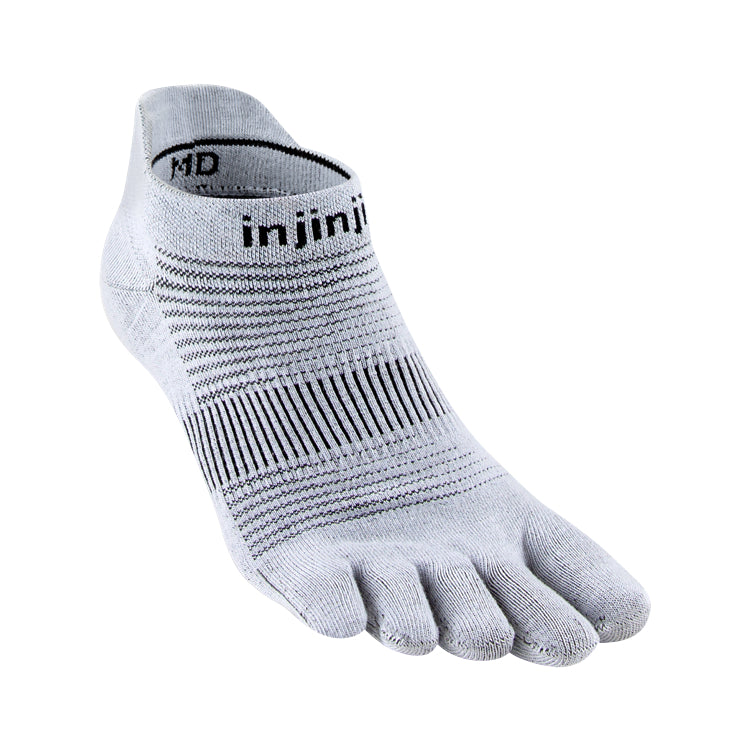

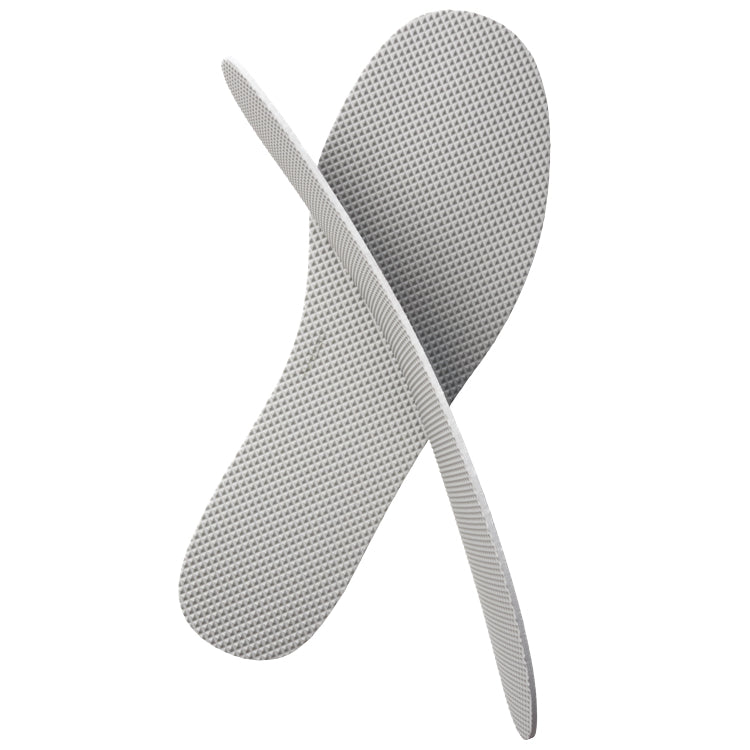
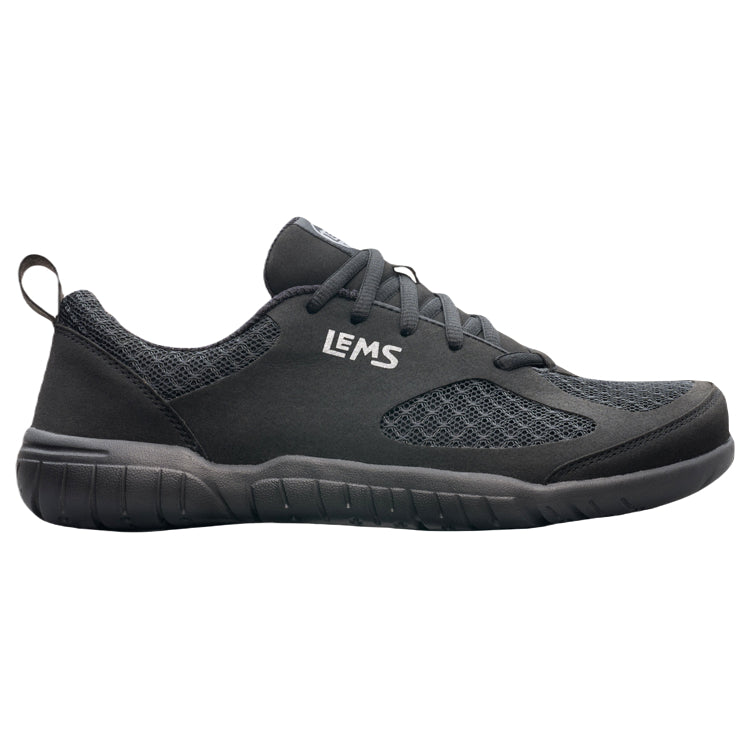
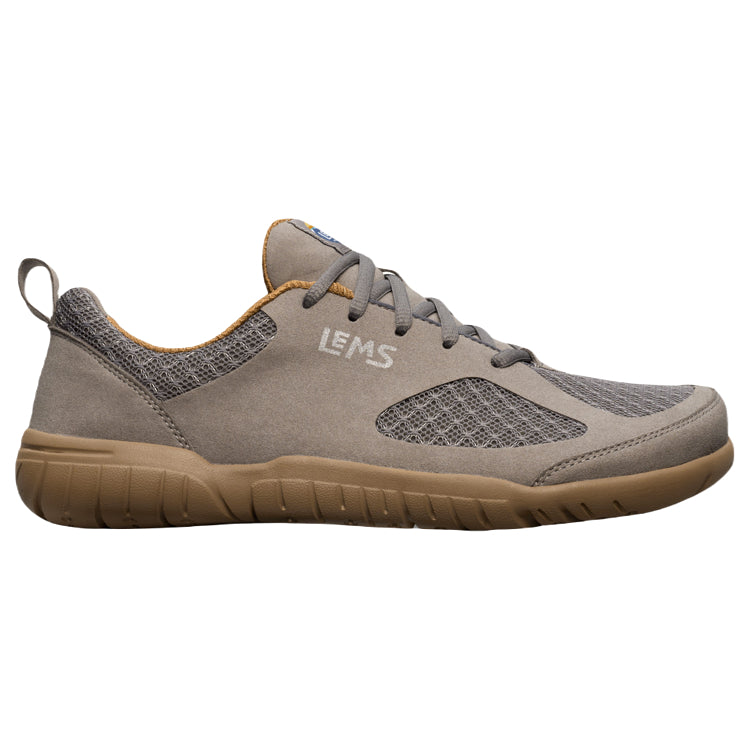
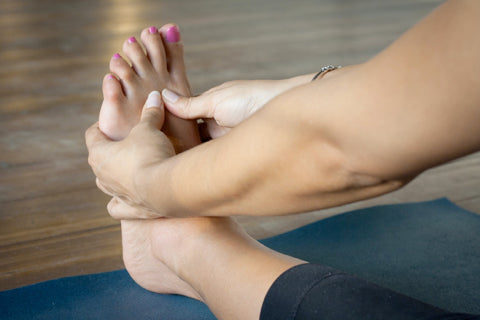


I had several bouts of severe plantar fasciosis before discovering your work. I tried following the advice of my doctors and physical therapists—never go barefoot, always wear shoes with some heel elevation, perform dorsiflexion stretches—but it seemed to make matters worse, so I stopped. What did seem to help me recover, besides the mere passage of time, was the leg exercises I did in Pilates, raising and lowering my heels with resistance. This increased the range of motion, flexibility, and strength of my feet and lower legs. Later, I developed neuromas. In trying to solve this problem, I discovered your work and managed to find foot-healthy shoes (not easy with my very wide feet), and within a matter of weeks, the neuroma pain was gone. That was three years ago, and I have not had any recurrence of plantar fasciosis or any other foot pain. Considering that I am in my seventh decade and a big walker, that is a significant testimonial for your approach.
Thank you so much for sharing your experience, Karen! I’m so glad to hear that you’ve benefited from natural foot health techniques and approaches, and I hope that you continue to experience optimal foot health going forward.
Kind regards,
Robyn Hughes, ND